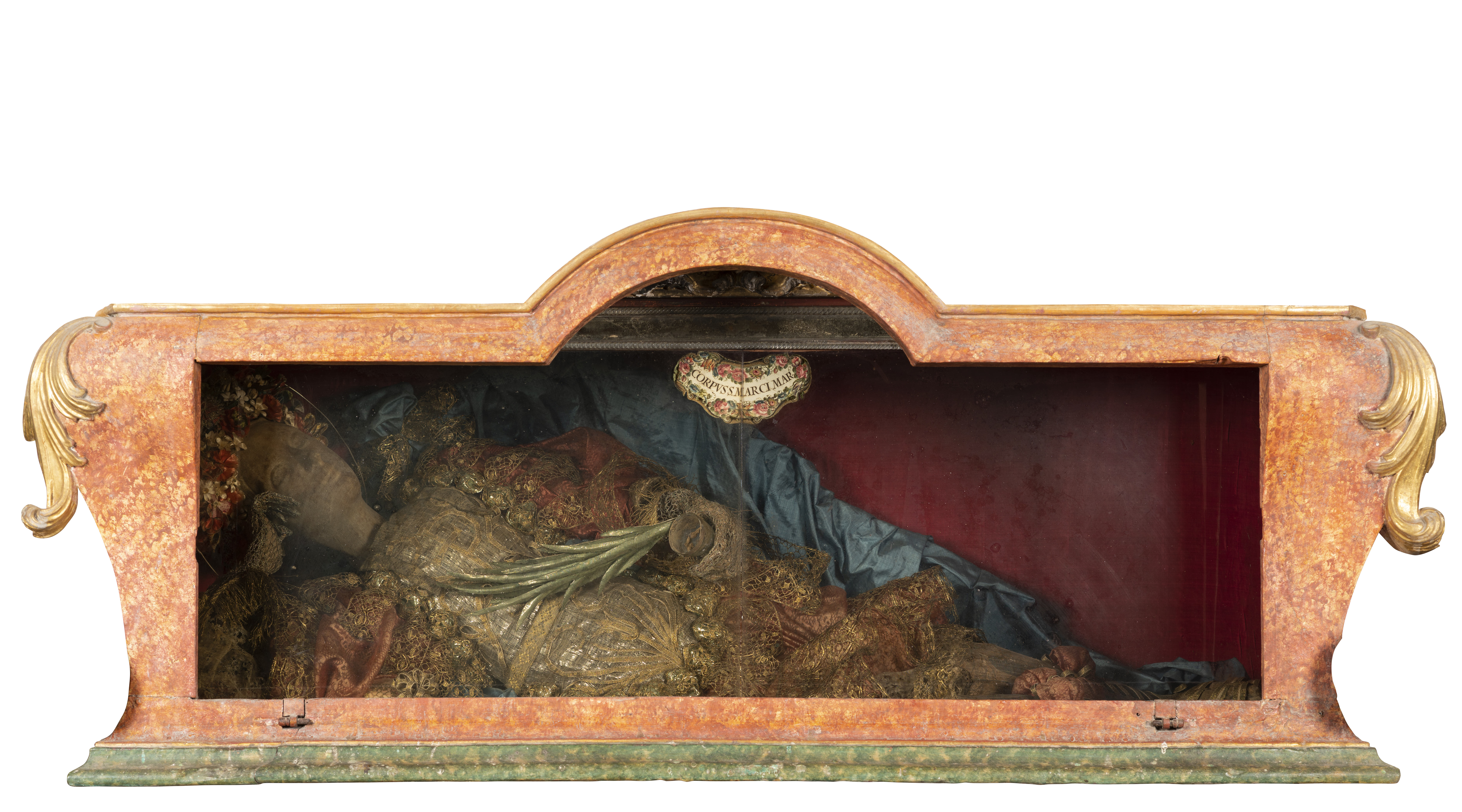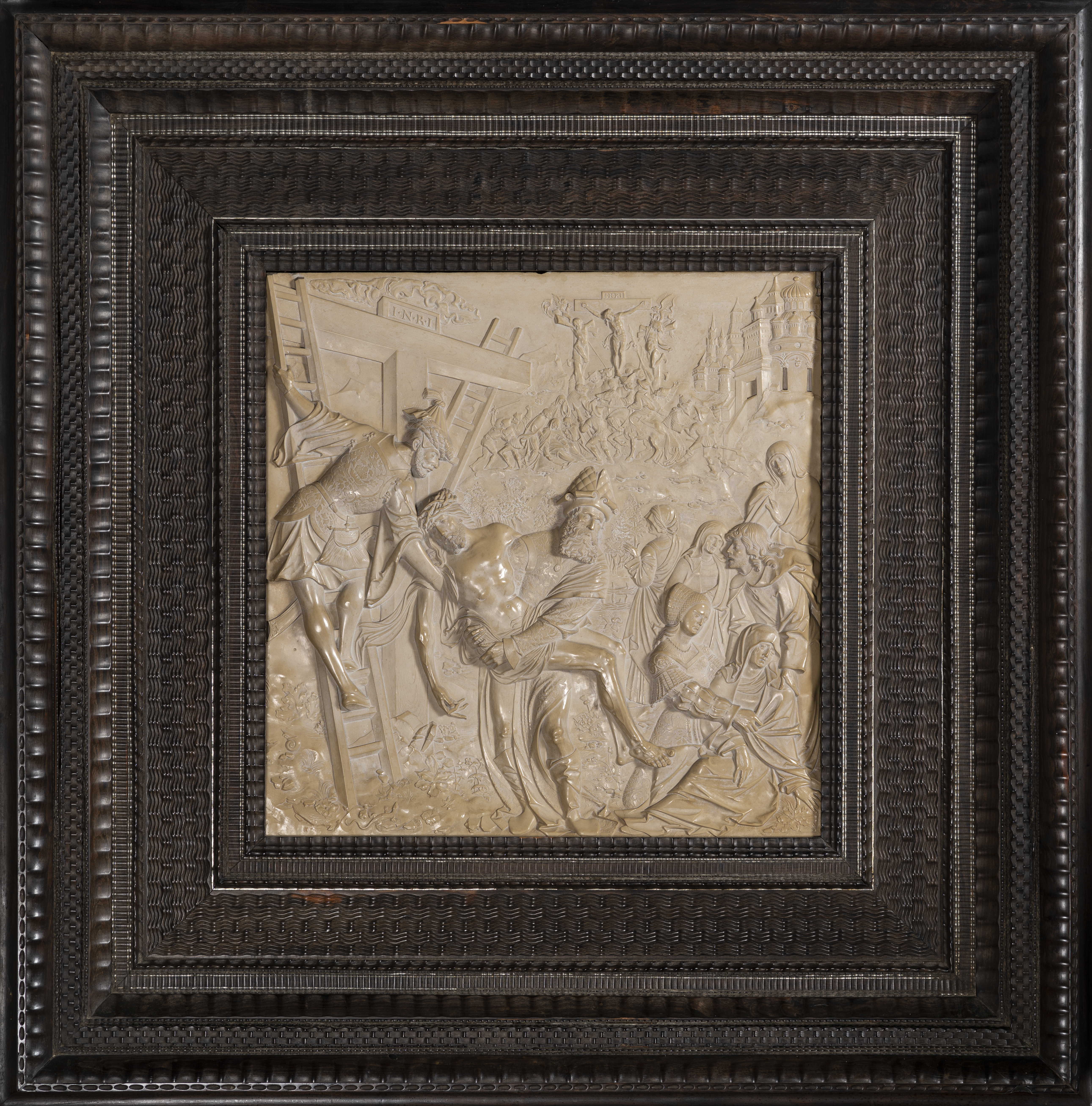Discover
Discover
Visit
Discover
See and Listen
Encomenda
O seu carrinho está vazio.

Voltar
Resumo
Items:
Total:
€

>
The family's devotion can be seen in the institution of the Morgadio in 1641, through the attachment of the Chapel of Our Lady of Pleasures.
Throughout the following century, the chapel affirmed its importance, to the point where the priest of the parish of Mateus noted in his Parish Memoirs: "This chapel is visited by many people on the day of the Lady herself because the body of Saint Mark the Martyr, brother of Saint Marcellin, is on display on that day, and apart from that day, people always come all year round, although less frequently".

In 1698, Father Diogo Álvares Mourão, who would become known as Santo Arcediago, left for the Vatican just a year after taking minor orders.
There, he served for twenty years with Cardinal Sacripanti, prefect of the Congregations for the Clergy and for the Propagation of the Faith. In Rome, he collected and sent to Mateus an impressive collection of relics destined to enrich the Chapel.


Meanwhile, in 1743, during the final phase of the construction of the House, D. António José asked the Archbishop of Braga for permission to build a new Chapel, "for the greater honour and glory of God".
Among many others, we can admire fragments of the bones of Saint Sebastian or Saint Paul, displayed in silver ostensories made by roman goldsmiths, or even an important reliquary containing a manuscript signed by Saint Ignatius of Loyola, rescued in Brazil by D. Luís António, during the destruction of the property of the Society of Jesus ordered by the Marquis of Pombal. Platea dictumst vestibulum rhoncus est pellentesque elit ullamcorper dignissim cras.

The only reason this isn't the most impressive piece in this collection is because in the Chapel we can find the entire body of Saint Mark the Martyr, richly dressed in his military garb.

In harmony with the spirituality of the Baroque era, we witnessed a strong surge in Marian devotions.
As well as taking the cult of Our Lady of Pleasures to Brazilian lands, D. Luís António was also especially devoted to Our Lady of Mount Carmel, whose scapular he always wore, as well as naming both his children, D. José Maria do Carmo and D. Maria do Carmo, after her invocation.
Also particularly important is The Descent of the Cross, a bas-relief from the first half of the 16th century by Hans Daucher, a german renaissance sculptor and engraver, based on a drawing by Albrecht Dürer, the great painter, engraver, mathematician and art theorist who was at the origin of the so-called Nordic Renaissance. Another monumental piece is the 17th century gilded carved altar depicting the Holy Family, still in the mannerist style. In the Sacristy, we can also find a rare set of coffins painted with the lives of the saints and admire the altar from the original Chapel.
The inauguration of the new Chapel in 1759 also meant the renovation of the ecclesiastical vestments and all the implements that served the liturgical ceremonies which, on their most solemn days, were surrounded by great scenic and emotional intensity.
From that special moment, we have preserved the vestments made in Portugal, in embroidered satin and gold, which took around eight years to make and which are now used on special occasions.
Buried in the chapel are D. Luís António, D. José Maria, D. José Luís (3rd Count of Vila Real), D. Francisco (6th Count of Vila Real, 5th Count of Melo, 3rd Count of Mangualde and founder of the Casa de Mateus Foundation), and his son, D. Fernando (7th Count of Vila Real, 6th Count of Melo and 4th Count of Mangualde).

Schedule
Monday to Friday
9am to 5pm
Saturday and Sunday
9am to 5:30pm
Contacts
+351 259 323 121
